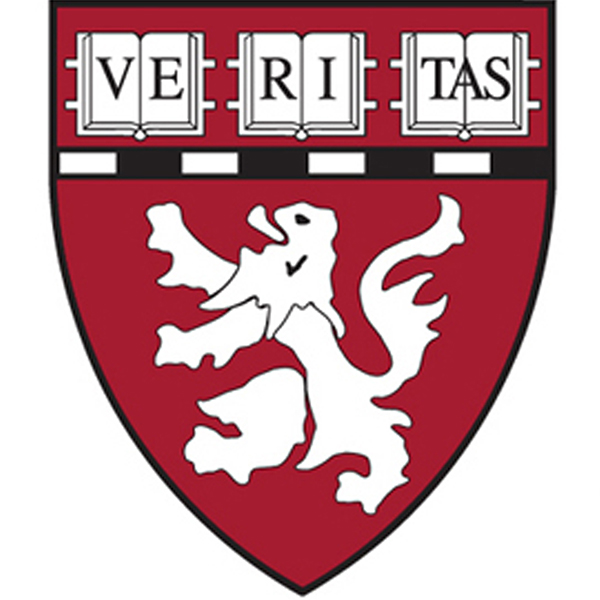Harvard Health Blog
Sinus headache or sign-us up for a migraine consultation

Many people mistakenly believe their headaches are due to sinus problems when actual reason is migraine. In reality, more than 85% of people who suspect that they have sinus headaches in fact have migraines.
Why the confusion between sinus headaches and migraines?
It begins with the many symptoms that both migraines and sinus headaches share, which include pressure in the face, an association with barometric/seasonal weather changes, and autonomic nervous system dysfunction. The autonomic nervous system controls many of the involuntary functions in your body including heart rate, blood pressure, and sweating. In the case of migraines, autonomic dysfunction can cause eye redness, eyelid swelling/drooping, tearing, sinus congestion, and even a runny nose.
Response to treatment can also further drive patients to believe that they have sinus headaches rather than migraines. For example, a patient may have a headache involving a pressure sensation in the face, and calls their primary care physician thinking a sinus infection is causing the symptoms. The doctor will often order a refill of medications that worked in the past for patient's sinus problems. The patient feels better after taking these medications, and believes that the infection is cured.
Here's why you want to know whether you have migraines and not sinus headaches
An incorrect diagnosis of sinus headaches can also serve to skew a patient's family history. Migraine is a genetic disorder that is passed down through family members. Patients often deny that any of their family members have migraines, but when asked about sinus headaches, they will often respond, "Actually, my mother had sinus headaches." When questioned about the mother's sinus headache behavior, the same patients frequently respond, "She would lay down, and insist that the room be dark and quiet. She would also ask for a bucket to be placed by the head of the bed even though she rarely ever threw up." Such responses tend to lead the physician and patient to the conclusion that migraines actually do run in the family, as sinus headaches are not typically accompanied by light sensitivity, sound sensitivity, and nausea. The same patients will also return for a follow-up appointment noting, "It turns out that my sister, cousin, and aunt all have migraines, which they thought were due to sinus problems."
Three telltale signs it's a sinus headache and not a migraine
Three features that are more suggestive of sinus headache than migraine. These are:
- Thick, infectious looking mucous.A little clear drainage can be seen with a number of conditions, and is not necessarily indicative of a sinus infection.
- Fever. It would be very unusual for migraine to present with fever, but fever is a primary symptom of a sinus infection.
- Imaging. If an imaging study or evaluation with an endoscope looking up the nose shows a sinus problem, then the headaches are likely related to that — unless the headaches continue after the sinus problem is successfully treated.
In conclusion, if you suffer from frequent sinus headaches, there is a good chance that you are actually experiencing migraines. Making the correct diagnosis and formulating an appropriate treatment plan can reduce the frequency and intensity of headaches, as well as avoid unnecessary testing, visits to specialists, and taking medicines that are not actually treating the problem.
Adapted from a Harvard Health Blog post by Paul G. Mathew, MD, FAAN, FAHS.
About the Author

Harvard Health Publishing Staff
Disclaimer:
As a service to our readers, Harvard Health Publishing provides access to our library of archived content. Please note the date of last review or update on all articles.
No content on this site, regardless of date, should ever be used as a substitute for direct medical advice from your doctor or other qualified clinician.















